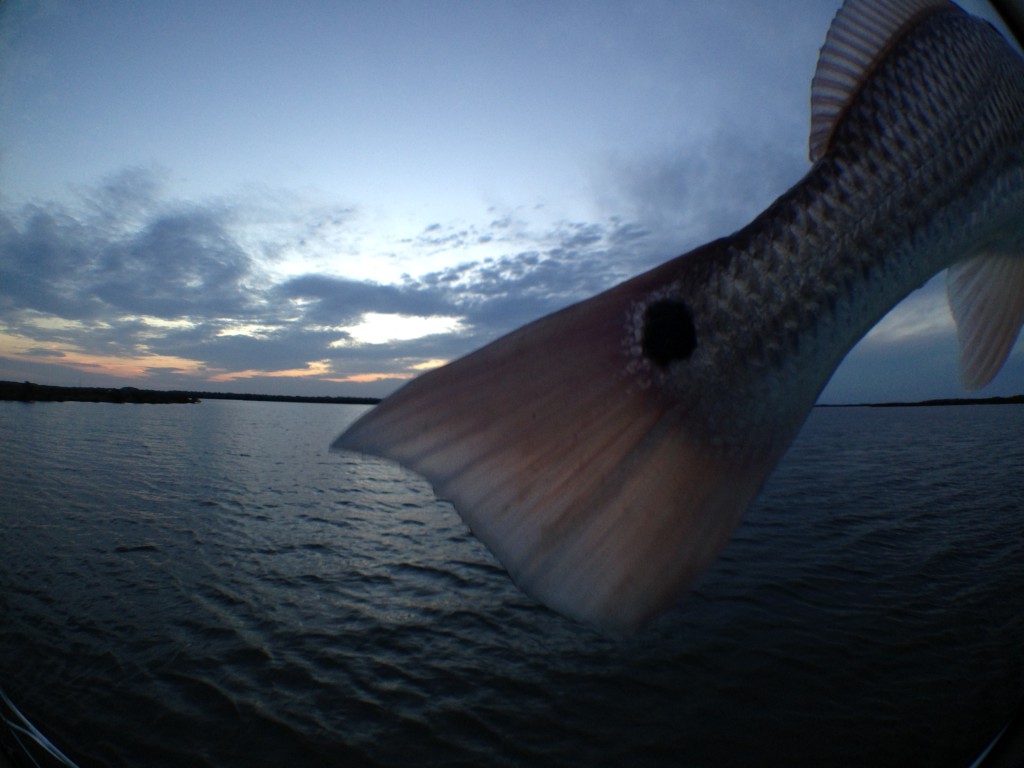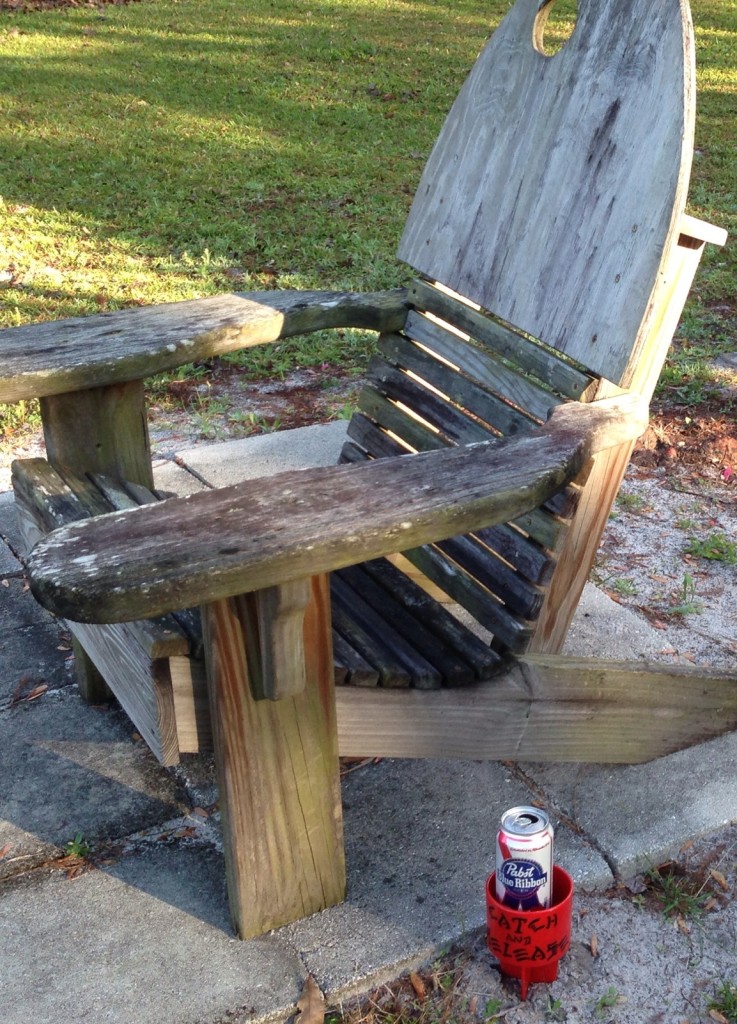There is a burgeoning movement afoot amongst those who spend time on the waters of Mosquito Lagoon in Central Florida chasing redfish and speckled sea trout. Its a quiet, but sustained, call for a change in guiding practices. Its being brought about by the heightened awareness of most anglers to the estuary’s troubles with extreme angling pressure and degraded water quality. Armed with the knowledge that the resource needs a helping hand, more and more anglers are becoming vocal on social media calling for charter captains and others to make Catch & Release the standard practice rule, rather than the exception.
The angling community is changing its attitude towards the long held idea that the Mosquito Lagoon is a place to go fill your cooler. While anecdotal, there is a wealth of evidence that points towards shrinking numbers of large breeder redfish, as well as a decline in juvenile redfish. Despite a majority of anglers recognizing the state of the fishery as one that is in decline, some guides see the change to C&R as potentially harmful to their business and have taken to social media to promote how splendid the fishing has been and that the resource is bountiful. Their hype is not true.
The joys of angling are many. Lowest on most anglers list is the consumption of their catch. The beauty of the environment, the thrill of the hunt and the excitement of the fight are more truly the reasons than most anglers will spend countless hours on the water in search of fish. Recreation is the goal.
The Catch & Release movement is shaping what is considered ethical and reasonable within the guide community whether the guides sign on or not. Why? Because their clients get it. They’re out for a great day catching lots of fish. C&R will lead to better opportunities for fish filled days, which of late have been the exception throughout the estuary.
Their clients get it because they want their children and grandchildren to have the same opportunities they’ve had, if not better. They’re buying in because its the only way it will happen.
The C&R movement is not saying to guides, don’t take a single fish; the angling community is calling for a more responsible approach that educates charter clients on the current state of the resource and encourages Catch & Release. The community is asking guides to forgo the practice of adding “their” fish to the clients limit.
Its always tough to change. Resistance to change is expected. The guides that are early adopters of the Catch and Release movement will be the ones who benefit the most. Word will spread and the guides will be rewarded with praise and referrals.
Catch & Release is the rule in Mosquito Lagoon and its here to stay.


